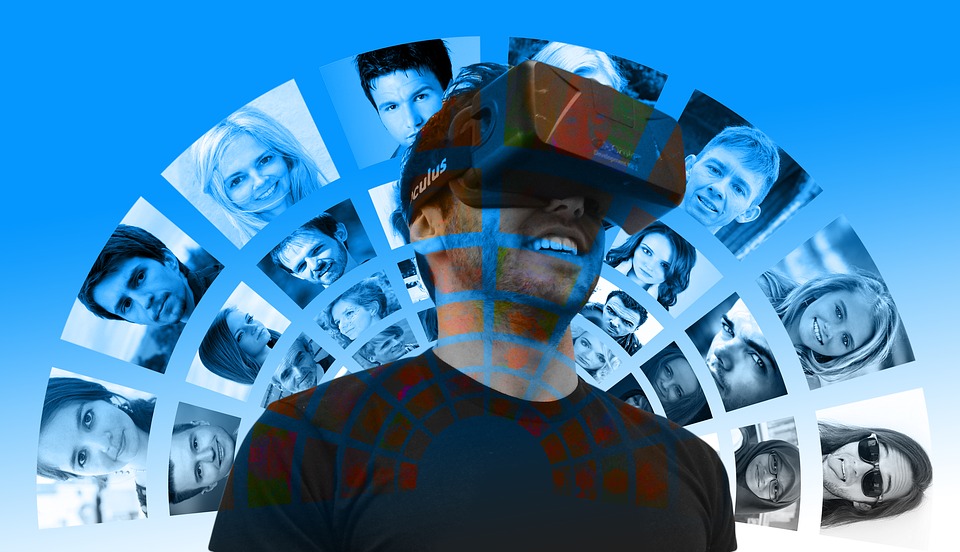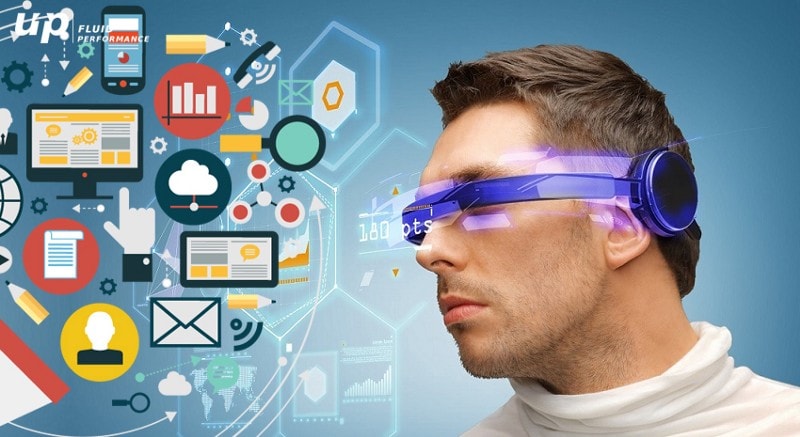Customers want to use VR to design rooms, customise products and shop with friends from across the world. Retailers – get ready for v-commerce, because others are already offering it.
By MediaStreet Staff Writers
Virtual reality shopping is on the way — and now new data shows how consumers want to use it.
Early tech adopter consumers are eager to use virtual reality technology to:
-Design rooms by visualising furniture and accessories assembled together in virtual “rooms”
-“Trying on” and customising products like jeans and eyeglass frames
-Taking virtual shopping “trips” with friends from across the country or around the world.

Those are among the key findings of a survey of 1,000 early-adopter consumers by global management consulting firm L.E.K. Consulting. The results show that “v-commerce” – a blend of e-commerce and brick-and-mortar shopping – is nearly here.
Savvy retailers will respond by investing in virtual reality technologies and starting to plan v-commerce strategies. Some, like Alibaba, The Gap, and Sephora have already started down this route.
“V-commerce brings the potential for entirely new shopping experiences and new kinds of added value,” says Dan McKone, Managing Director at L.E.K. “But there are risks for retailers – the initial investment is significant, and there are high costs for getting it wrong. Retailers need to do what they’ve always done – look to their consumers to point the way.”
Retailers are ramping up investment in two kinds of v-commerce technology. Firstly, there is “virtual reality” (VR), where consumers use headsets to enter a completely digital world. Secondly, there is the more-accessible “augmented reality” (AR), where the customer uses their camera-equipped smartphones to get information (such as prices and colour selections) overlaid on a picture of the physical showroom or shopping space.
“For retailers, the appeal is obvious,” says L.E.K. Managing Director Rob Haslehurst. “These technologies are a new way for retailers to do what customers want them to – create compelling shopping experiences and have rich communications with them.”
The L.E.K. survey of 1,000 consumers who had already experienced VR and AR technology was conducted in in the spring of 2017. Among the findings that help point the way for retailers:
- Eighty percent want to use AR or VR to design a room or physical space by browsing virtual or physical showrooms, getting information about furniture and décor, and “seeing” what it looks like. Retailer Wayfair uses VR showrooms where customers can see a room come together as they fill their basket with products. Lowe’s Holoroom lets customers design a virtual room and then tour the space. Alibaba’s “Buy+” VR app allows consumers to browse and buy from the aisles of a virtual store, no matter where they are in physical space.
- Seventy percent want to use v-commerce to try on clothes and accessories and to customise them. Consumers can start with an image of themselves on their smartphones, then search for the perfect shade of makeup or an eyeglass frame that perfectly suits them. The Gap and Sephora are already offering these AR applications.
- Seventy percent are strongly interested in virtual shopping, where consumers use VR headsets to shop in a virtual store with a friend who isn’t physically present, or with an AI “virtual shopper” similar to Alexa or Siri.
V-commerce offers retailers considerable benefits. L.E.K. Managing Director Maria Steingoltz says “It can create new, special experiences that would otherwise not be possible, and that leads to greater consumer engagement. It enables retailers to unify physical and digital channels – brick-and-mortar retailers can bring digital capabilities into the store experience, and online-only retailers can create virtual ‘stores.’ And the rich experience can generate more sales — a customer can ‘see’ a sofa in his or her own living room, and then be shown the cushions, lamps and side tables that go with it.”
Retailers that want to take advantage of the v-commerce opportunity should:
- Act immediately to make AR and VR a part of their digital strategy. “They’re not far out on the horizon – the time to think about them is now,” says Haslehurst.
- Establish a compelling value proposition and define the business model. “Make sure customers understand from the first encounter how the technology solves their pain,” says Steingoltz. “And make sure to define the resources, concrete goals, and metrics for the project.”
- Consider making alliances with technology leaders. “Retailers don’t need to be technology experts,” says Haslehurst. “Look for alliances that provide access to world-class technology and give technology makers a good story to tell.
“The future of v-commerce is still developing — but it’s time for retailers to start investing in it and creating consumer experiences that fill baskets and the revenue pipeline,” Steingoltz says.




